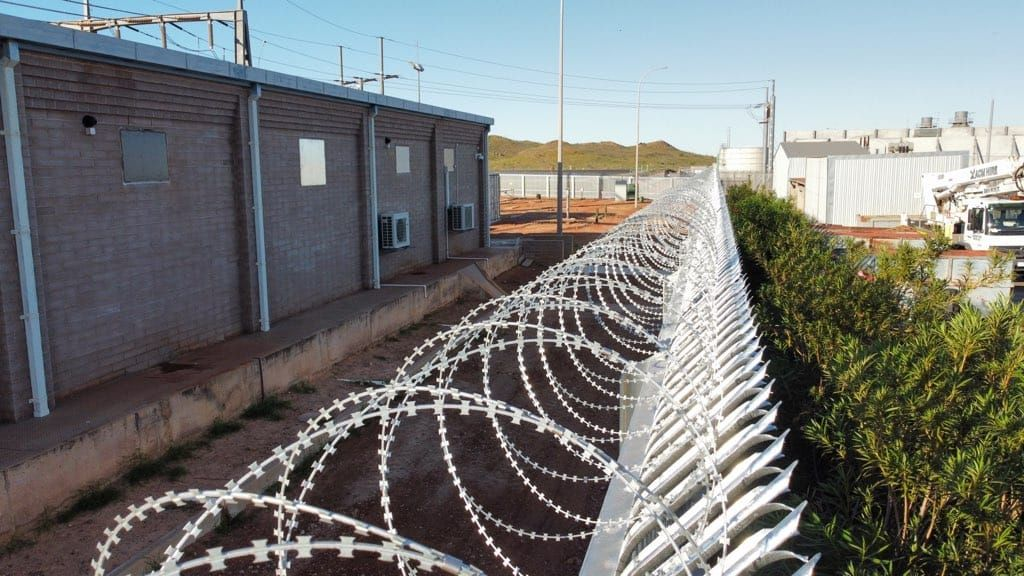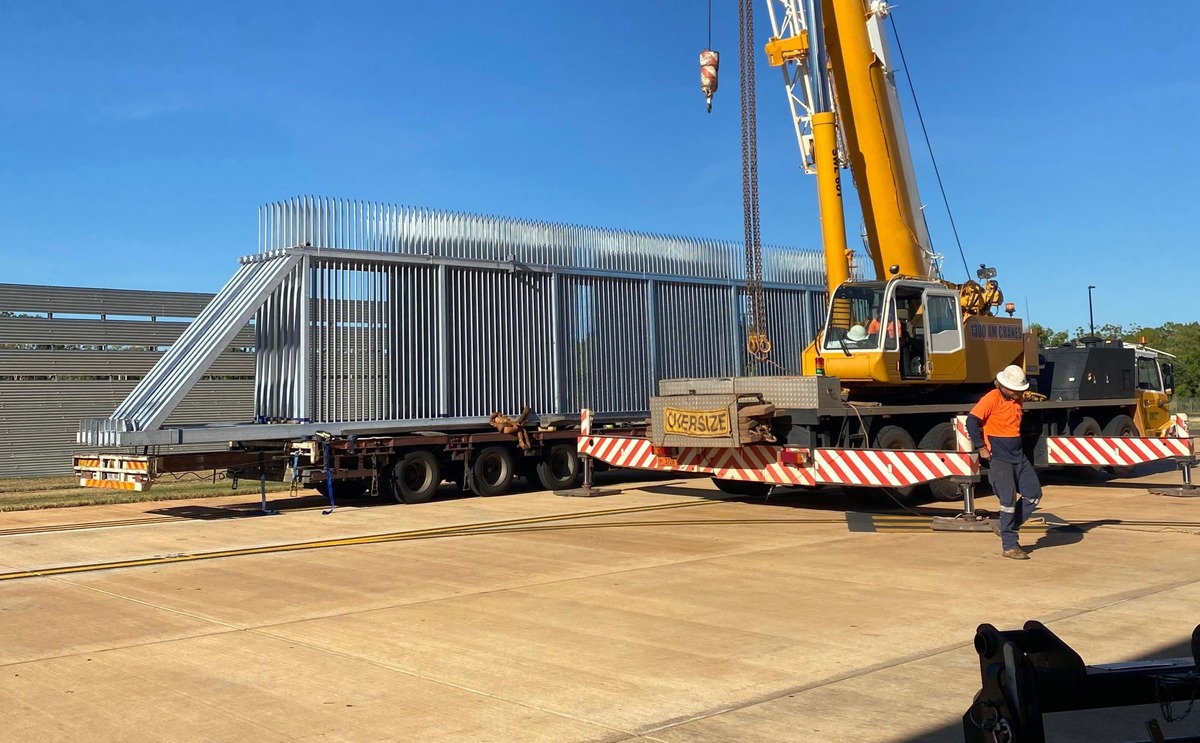Blog
Integrating HVM Fencing into Your Security Plan for SoCI Compliance

In an increasingly security-conscious world, High-Security Vehicle Mitigation (HVM) fencing has become a critical component for organizations seeking to protect their assets and personnel. For businesses and facilities governed by the Security of Critical Infrastructure (SoCI) Act, incorporating HVM fencing into their security plans is not just a recommendation—it’s a necessity. This blog will delve into the importance of HVM fencing, its benefits, and how to effectively integrate it into your security plan to achieve SOCI compliance.
Understanding HVM Fencing
HVM fencing is specifically designed to prevent unauthorized vehicle access to a protected area. It is engineered to withstand significant impacts, thereby preventing vehicles from breaching perimeters. HVM fencing can be employed in various configurations, including standalone barriers, integrated systems, or combined with other security measures.
Why SOCI Compliance Matters
The SOCI Act mandates stringent security measures for critical infrastructure sectors, such as energy, water, healthcare, and transportation. Compliance ensures that these sectors are protected against threats, including terrorism, sabotage, and other malicious activities. Integrating HVM fencing into your security plan is a vital step towards meeting these regulatory requirements.
Benefits of HVM Fencing
1. Enhanced Security:
HVM fencing provides a formidable barrier against vehicular threats. Its robust construction is designed to stop vehicles in their tracks, protecting against ramming attacks and unauthorized access.
2. Deterrence:
The presence of HVM fencing acts as a strong deterrent to potential intruders. Its imposing appearance alone can discourage would-be attackers from attempting to breach your perimeter.
3. Versatility:
HVM fencing can be tailored to meet specific security needs. Whether you require temporary barriers for events or permanent installations for high-risk areas, HVM solutions can be customized accordingly.
4. Compliance:
Implementing HVM fencing helps ensure compliance with SOCI requirements, safeguarding your organization against legal repercussions and enhancing your overall security posture.
Integrating HVM Fencing into Your Security Plan
1. Risk Assessment:
Begin by conducting a thorough risk assessment to identify vulnerabilities and potential threats. This will help determine the areas where HVM fencing is most needed and what type of barriers will be most effective.
2. Design and Planning:
Work with security experts to design an HVM fencing system that meets your specific needs. Consider factors such as the type of vehicles you need to stop, the speed at which they might be traveling, and the landscape of your facility.
3. Layered Security Approach:
Integrate HVM fencing into a multi-layered security strategy. Combine it with other measures such as CCTV surveillance, access control systems, and physical security personnel to create a comprehensive security plan.
4. Regular Maintenance:
Ensure that your HVM fencing is regularly inspected and maintained. This includes checking for any signs of wear and tear, ensuring that gates and barriers function correctly, and updating systems as needed.
5. Training and Drills:
Train your security personnel on the proper use and maintenance of HVM fencing. Conduct regular drills to ensure that your team is prepared to respond effectively in case of an attempted breach.
Conclusion
Integrating HVM fencing into your security plan is a crucial step towards achieving SoCI compliance and protecting your critical infrastructure. The enhanced security, deterrence, and compliance benefits make it an essential investment for any organization. By conducting thorough risk assessments, designing tailored solutions, and maintaining a layered security approach, you can ensure that your facility is well-protected against vehicular threats.
At SWI , we specialize in providing high-quality HVM fencing solutions tailored to meet your specific needs. Contact us today to learn more about how we can help you achieve SoCI compliance and enhance your security infrastructure.
Table of Contents





